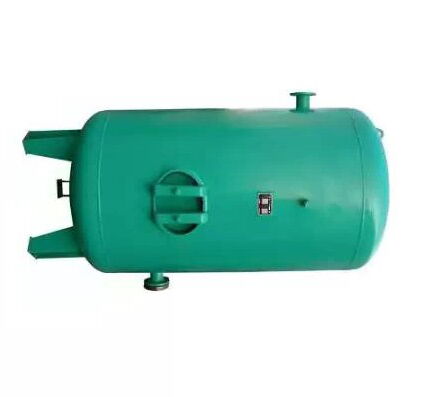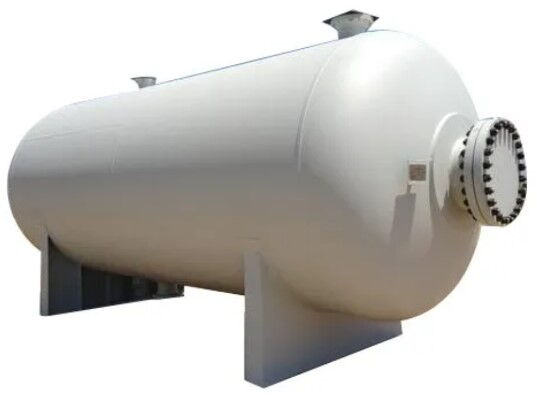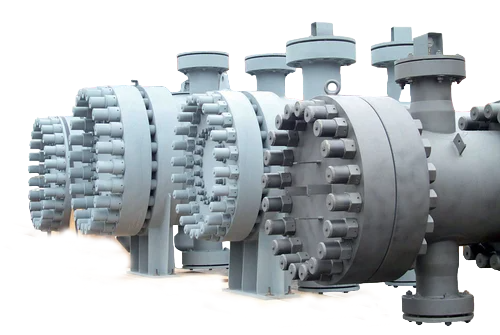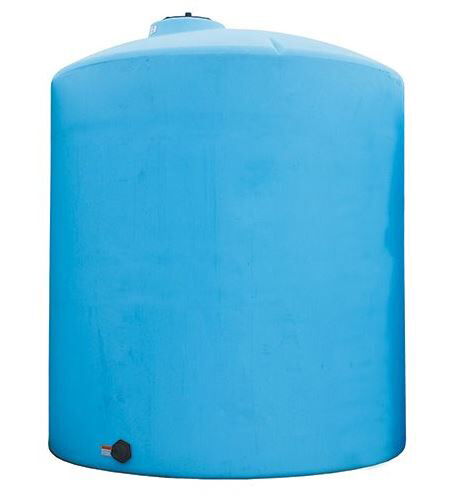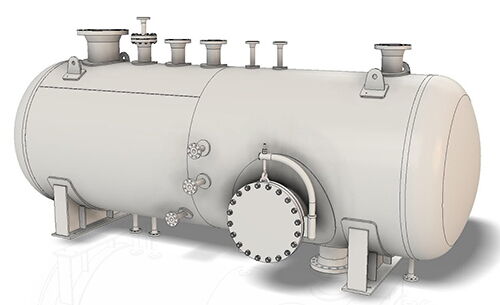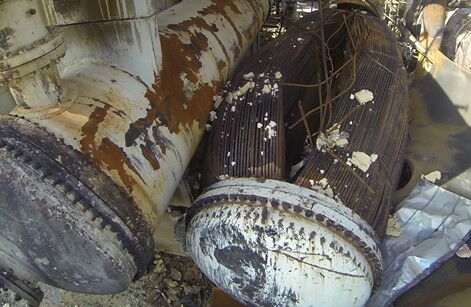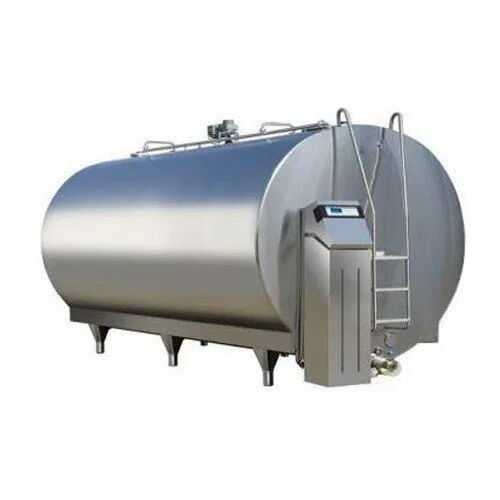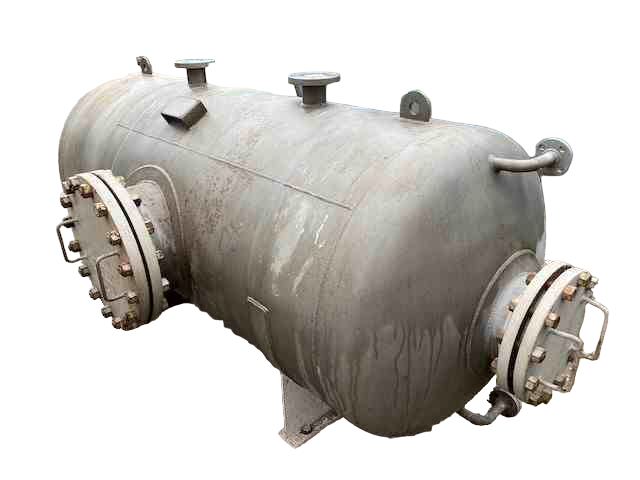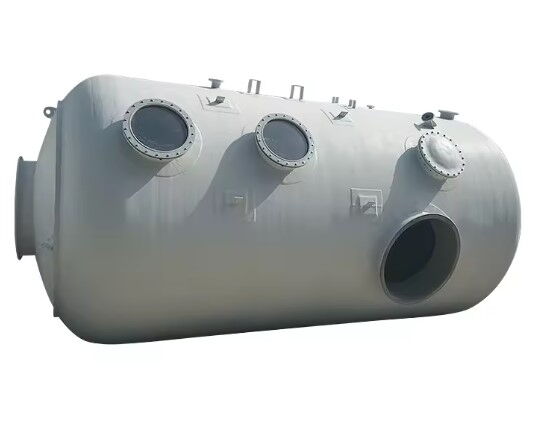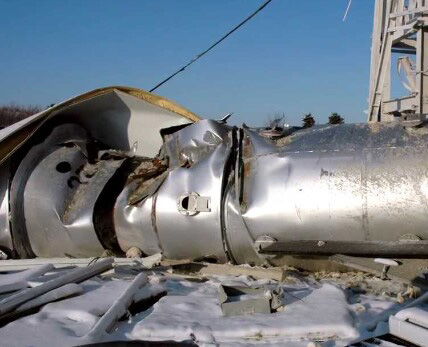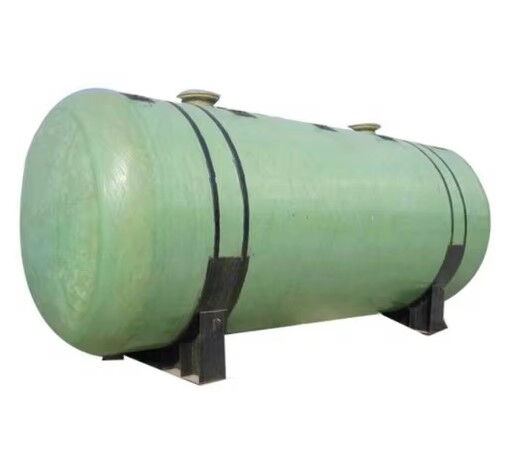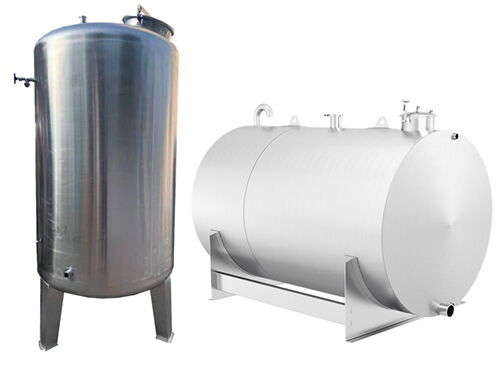Common Heating Methods for Air Storage Tanks
Heating is a crucial process in the production of air storage tanks. By using different heating methods, the temperature of the gas inside the tank can be stabilized, which improves the quality and safety of the air storage tank. Below are several common heating methods and their characteristics, which will help better understand the suitability, advantages, and disadvantages of each method. Direct Steam Heating Method The direct steam heating method involves injecting saturated steam directly into...

